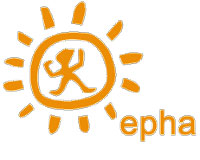| Mar 28, 2013 | |
Nanomaterials in plastic packaging - are they safe for consumers? |
|
| (Nanowerk News) During a roundtable discussion hosted by Holger Krahmer MEP (ALDE, DE) and organised by The Parliament Magazine and Plastics Europe, a study was presented on whether nanomaterials present in food packaging could potentially migrate into the food and present risk consumers. | |
| Event Summary | |
 The European Food Safety Authority (EFSA), in its opinion on the potential risks arising from nanoscience and nanotachnologies used in food, recommended that action should be taken to generate more information on the properties of nanomaterials when they are exposed to consumers. The study concluded that nanomaterials in food packaging do not migtate to food, and highlighted that a more risk based apparoach to safety research offers far more clarity than labelling alone. The study was sponsored by PlasticsEurope and the State Ministry of Environment and Public Health of Bavaria. European Public Health Alliance (EPHA) postion on nanomaterials In light of the complexity of the situation and of the precautionary principle, careful consideration seems to be appropriate in what regards the potential risks of nanomaterials for consumers. Adequate and effective regulation of nanomaterials and nanotechnology represents a need for the health sector. Such regulation is vital to ensure that products containing manufactured nanoparticles are safe to consumers and do not lead to new human health and environmental risks. |
|
| A strong precautionary approach to manage nanotechnology is recommendable: | |
|
|
| Source: European Public Health Alliance |
